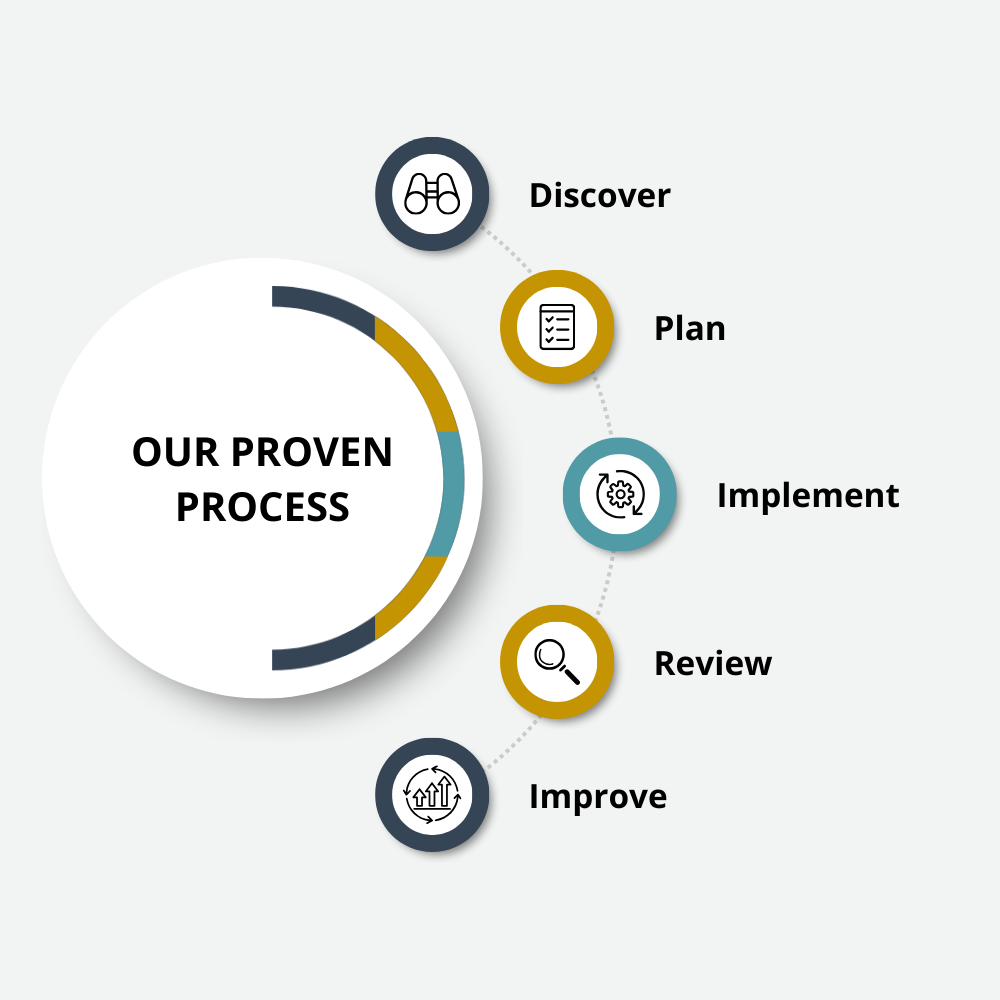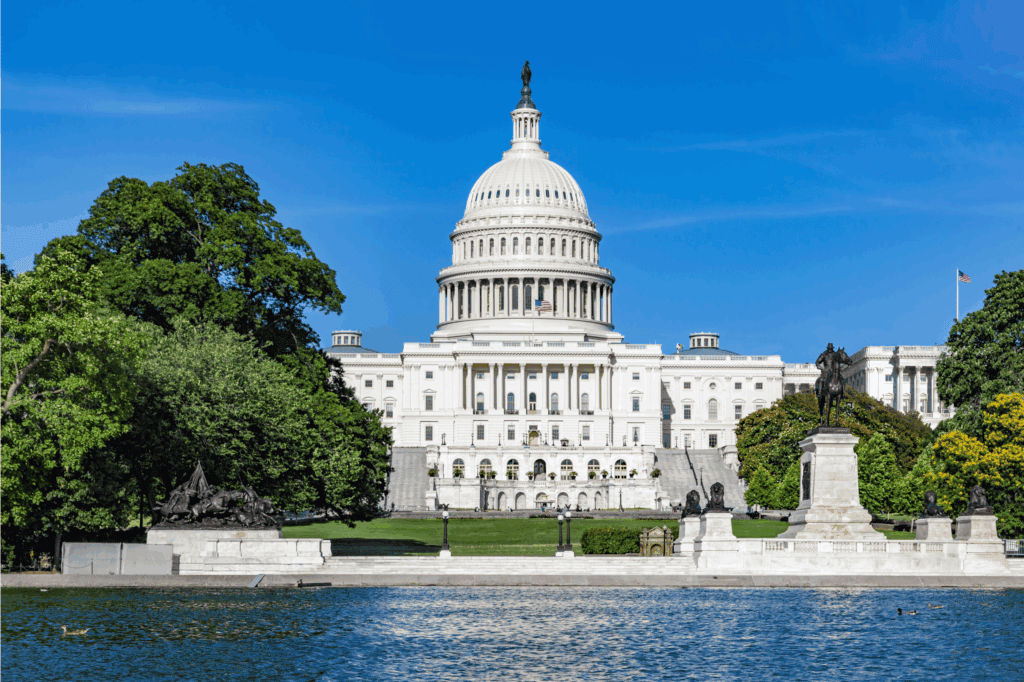The Setting Every Community Up for Retirement Enhancement (SECURE) Act of 2019 fundamentally changed the retirement planning landscape by raising the age for Required Minimum Distributions (RMDs) to 72 and removing the “stretch” IRA strategy for most beneficiaries.
On December 23, 2022, the U.S. House of Representatives passed the Consolidated Appropriations Act of 2023, an omnibus spending bill that included many updates to the original SECURE Act of 2019. While the changes introduced by SECURE Act 2.0 in this new bill may not be as radical as the last one, they are greater in number and may present some strategic planning opportunities.
There are several updates worth mentioning here:
RMD Ages – if you have already started taking RMDs prior to January 1, 2023, then nothing has changed for you. However, if you were born between 1951 and 1959, your new RMD age is 73. Furthermore, if you were born in or after 1960, your RMD age is pushed back another few years to 75. Your JFS Wealth Advisor will conduct careful planning to determine if you should start taking RMDs before your required beginning date or wait until later. For instance, if you delay as long as possible, your first year RMD payouts will be higher, but you will have more opportunities for Roth conversions in the interim while income might be lower.
Roth account changes – effective this year, employers can now provide Roth SEP IRAs and Roth SIMPLE IRAs. Previously both accounts could only include pre-tax employee salary deferral and employer contributions. Employers will need time to update their plans, but participants should follow up with plan administrators to find out how soon the Roth alternative will be available. Once implemented, participants should update their salary deferral elections from pre-tax to Roth. Effective in 2024, Roth qualified plans will no longer have RMDs, which matches the rules for Roth IRAs. Any plan participant who was already taking RMDs prior to the starting date can cease taking them.
Catch-up contributions – beginning in 2024, high wage earners (greater than $145,000 of wage income indexed to inflation), must use the new Roth option for catch-up contributions. All catch-up contributions were previously done on a pre-tax basis. The wage test is determined by the previous year’s W-2 from a single employer. If you switch jobs mid-way through the year, your total W-2 income could be above this limit, but you may be able to avoid being subject to the new rule. IRA catch-up contributions will now be linked to inflation in increments of $100 starting in 2024, increasing above the flat $1000 amount since introduction. Qualified plan participants ages 60¬–63 will have a special catch-up contribution provision which enables them to save more than the regular limit. The amount will vary depending on the retirement plan type, but it is generally 150% of the regular catch-up contribution limit.
529 Plan to Roth IRA rollovers – starting in 2024, there is a pathway for unspent 529 plan funds to be transferred to a Roth IRA. The lifetime amount per beneficiary that can be transferred is $35,000. Regular Roth IRA contribution limits apply, but contributions are not subject to a modified adjust gross income (MAGI) test. In order to be eligible, 529 plans must have been opened and maintained for at least 15 years and beneficiaries of both accounts must match. Any contributions and earnings from the last 5 years cannot be transferred into the Roth IRA. Your JFS Wealth Advisor can help identify opportunities where this makes sense as an added retirement savings strategy.
New benefits for qualified plans – many people want to save into their employer sponsored retirement accounts but are encumbered by student loan debt or emergency expenses. Starting in 2024, plan sponsors will have the opportunity to address these two major hurdles by amending their retirement plans to allow for student loan payment matching contributions and emergency savings accounts. Any payments by participants to reduce their student loan debt can be treated as salary deferral contributions into the qualified plan. This means participants are eligible for employer matching contributions without actually funding their own retirement account, though the original vesting and matching schedules will still apply. Additionally, emergency savings accounts can be adopted in qualified plans which enable participants to save as much as $2500 for emergency expenses. The money must be invested in cash-like securities for principal protection, and withdrawals will be tax- and penalty-free. Unfortunately, this benefit will only be extended to employees who are not highly compensated.
There are many other provisions of the SECURE Act 2.0 which are not covered here, as they do not go into effect until many years from now. Please contact your JFS Wealth Advisor with any questions you may have about how these changes may impact your personal financial situation.




















